I always thought villages in the Northeast were beautiful. But Pangin? It wasn’t just beautiful.
It felt like a poem. A poem where every line smelled of bamboo, every corner sang with bird calls, and every breeze whispered: “We care.”
This is the story of one such small village in the Siang district of Arunachal Pradesh.
A village that didn’t wait for help. It just decided – Hum apna gaon khud hi saaf rakhenge.
And they did.
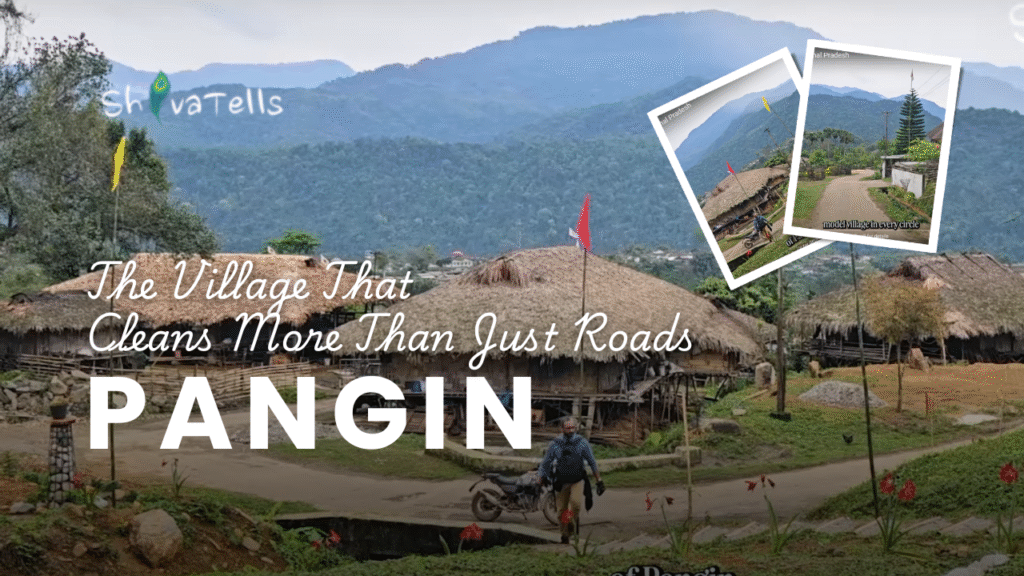
Table of Contents
First Glimpse of Pangin – Neat Paths, Quiet Pride
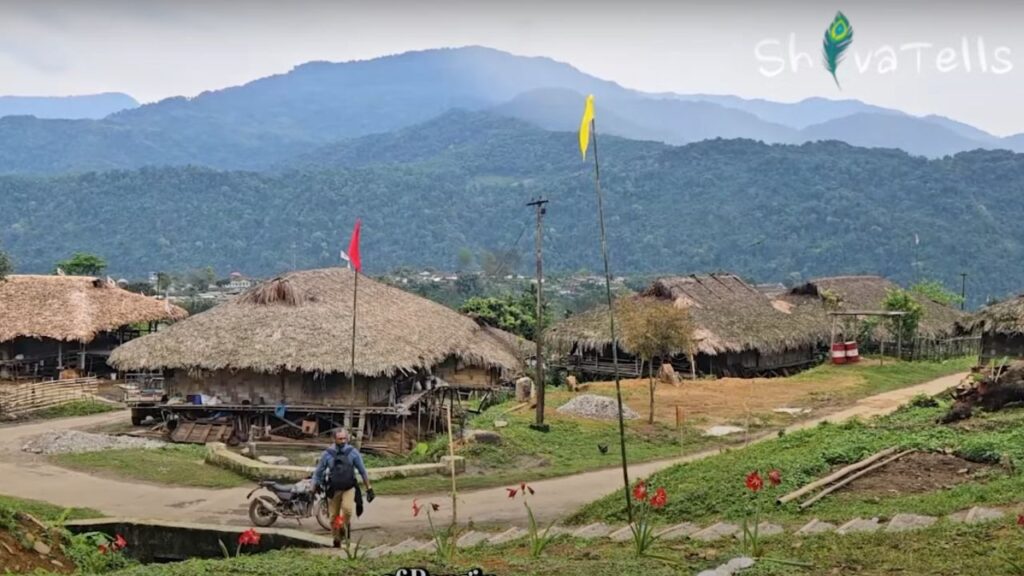
It was a calm morning as I made my way to Pangin, a place not listed on tourist websites or travel brochures. Just seventy kilometers from Pasighat, Pangin sits peacefully along the banks of the Siang River. A ribbon of water that reflects the blue of the sky and the green of the surrounding hills.
The moment I stepped into Pangin, something felt different. The roads were clean. There was not a single plastic wrapper or bottle in sight. Bamboo dustbins stood at every corner. Handmade, not factory-made. I felt like I had walked into a village that had read a love letter to itself — and answered it with action.
A Movement Born at Home
Pangin wasn’t always like this. Just a few years ago, it was like many other villages — naturally stunning, but unaware of the damage caused by modern waste. The district administration selected Pangin as a clean model village. A few villagers were sent to Meghalaya to learn from Mawlynnong, known as Asia’s cleanest village. They also visited Siluk, a clean village closer to home.
They returned not just with ideas — but with belief.
They held village meetings. They spoke to elders and children alike. They crafted dustbins from bamboo. They painted signs. They set one rule: every ten days, the village would gather and clean together.
And they followed it.
Children as Changemakers
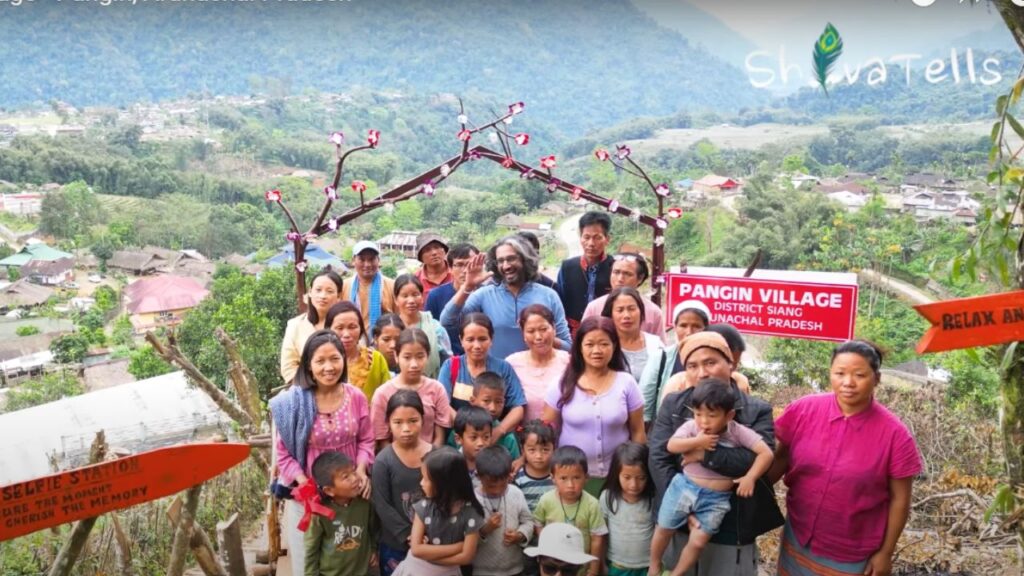
I met Olive, a shy schoolgirl who ran away laughing when I asked, “Why is Pangin so clean?”
But her silence said everything.
Here, children don’t just study from books — they study by doing. Schools in Pangin include hygiene and cleanliness in their learning. Children sweep school grounds. They carry steel lunch boxes, not plastic. They remind their parents to reuse and recycle.
When children care, change is not just possible — it’s permanent.
Homes That Reflect Culture and Care
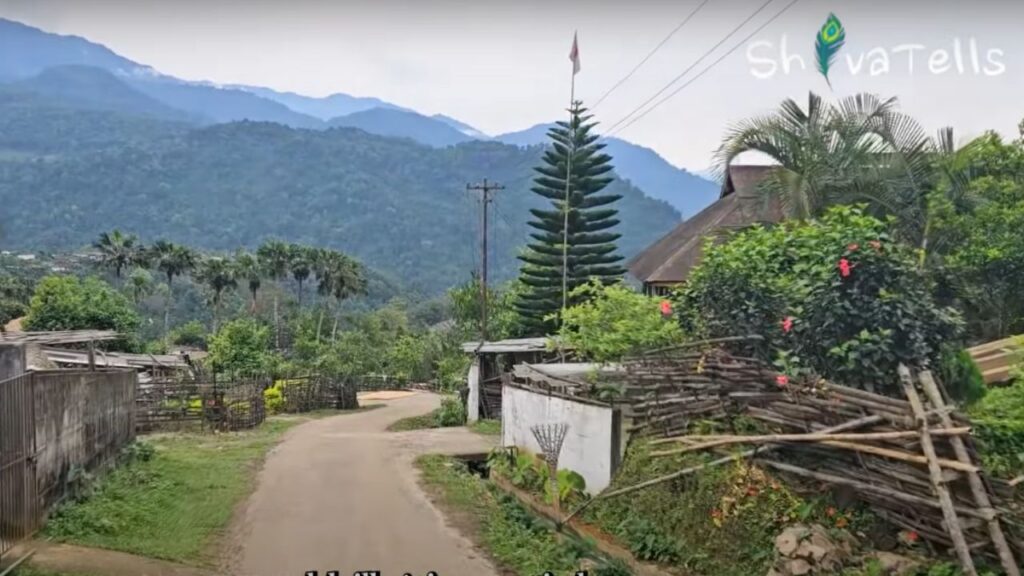
The homes in Pangin stand tall on stilts, made from local wood and palm. Neat kitchen gardens grow behind most homes. Old women weave baskets while chatting under the sun. You see tradition alive here — not in museums, but in every corner of everyday life.
Benches in the parks are made by local carpenters. Gym equipment has been installed in one open area, not to build muscle, but to build health. Nothing is grand. But everything is real.
A Community That Leads Together
One of the villagers told me, “Earlier, we threw waste anywhere. Now we know — if we want a better life, we must start from our own land.” Another added, “We don’t wait for the government. If we see litter, we pick it up.”
This village didn’t wait for a Swachh Bharat rally or funds. They moved because they believed.
That belief created magic.
A Viewpoint That Reflects More Than Scenery
From Pangin’s viewpoint, you can see the entire valley. The Siang River curves like a silver snake through the hills. Sit there for an hour and you’ll understand: beauty is not just what you see. It’s also what you feel.
Pangin doesn’t just clean its streets. It clears your thoughts.
You start reflecting on your own habits — the bottled water you bought last week, the wrappers in your bag, the careless throwing of a banana peel. You wonder — if a village of just a few hundred can take this much pride in itself, what stops us?
How to Reach Pangin
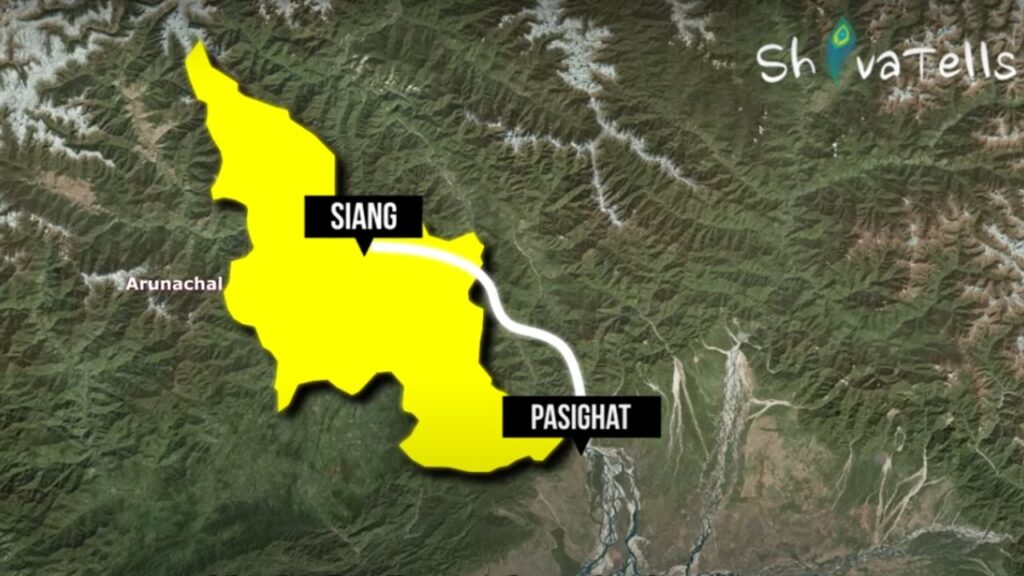
- By Air: The nearest airport is in Dibrugarh, Assam. From there, take a cab or shared transport to Pasighat, Arunachal Pradesh.
- By Road: Pangin is 70 km from Pasighat. Private cabs and shared sumos are available.
- Permit: Indian tourists need an Inner Line Permit (ILP) to enter Arunachal. It can be applied online.
Where to Stay in Pangin
Pangin is not a commercial destination. Stay with local families in homestays — basic but clean. If you prefer more options, stay in Pasighat and make a day trip.
What to Eat
Expect home-cooked Adi tribal meals:
- Steamed rice
- Boiled chicken or pork
- Bamboo shoot curry
- Fermented chutneys
Food is cooked over firewood and often grown in backyard gardens. It’s fresh, light, and full of flavor.
Best Time to Visit
October to March is ideal — skies are clear, and the weather is cool. Avoid the heavy monsoon months from June to September.
Travel Tips
- Do not carry plastic bottles or bags.
- Carry warm clothes — evenings can be cold even in early winter.
- Try learning a few Adi words — locals appreciate the effort.
- Respect local customs, ask before filming or photographing people.
Budget Estimate
- Stay: ₹800–₹1200 per night in homestays
- Meals: ₹100–₹150 per meal
- Transport: ₹1000–₹2000 for a private cab from Pasighat
In Conclusion:
Pangin is a village that did not wait.
It saw what needed to be done — and quietly began doing it.
It didn’t shout. It didn’t seek praise. It simply cared.
And in doing so, it showed us — when a village starts believing in itself, it doesn’t just clean the streets.
It cleans minds. It heals hearts.
Read ShivaTells Stories –
- Chumi Gyatse Falls: Exploring the 108 Sacred Waterfalls of Arunachal Pradesh
- Aji Lamu: The Bridge-Building Dance of Mukto Village, Arunachal Pradesh
Watch Arunachal Pradesh Travel Stories –
